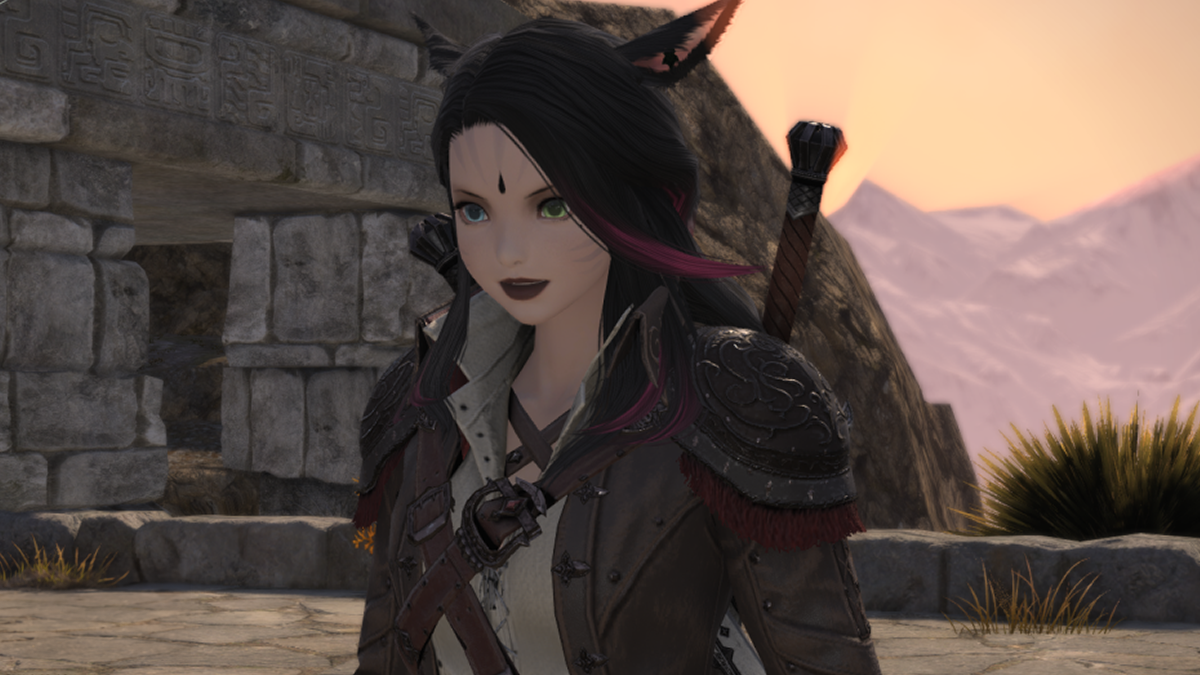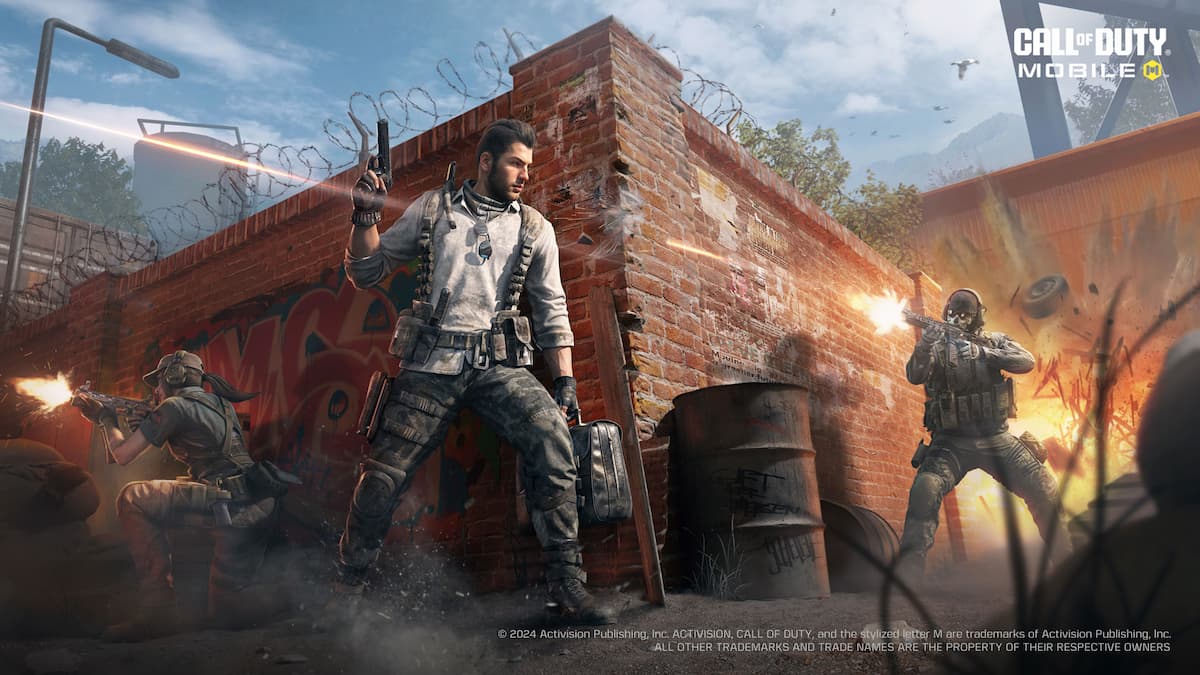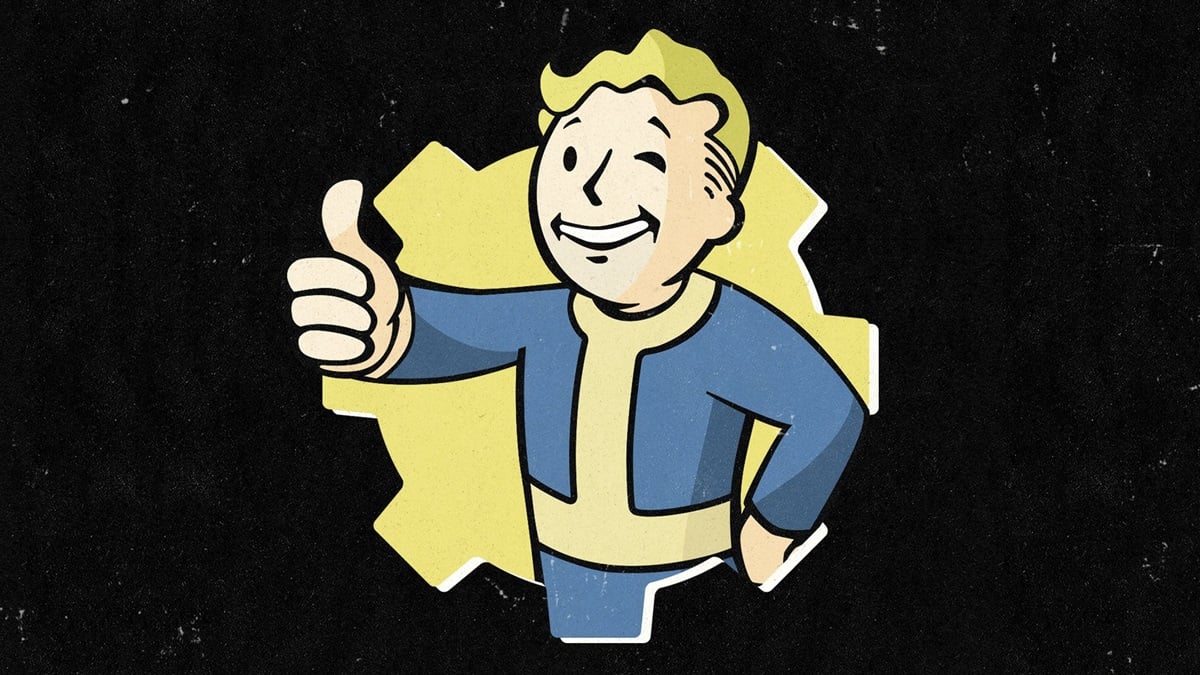

[Editor’s note: Ashley Davis knows how to consistently make excellent Monthly Musing pieces. Ashley tells us what Q*Bert means to her for July’s Monthly Musings. — CTZ]
People take many different elements of a character’s design into consideration when they are asked the question, “what videogame character is the most important to you?” But in most cases, the answer all boils down to what sort of person whichever character they choose is. Our capability to sympathize with and relate to our virtual personas is a very important part of the gaming experience. This is why there are none that are completely devoid of personality being created anymore; developers know that their characters need something for the player to love (in the case of the heroes) or hate (in the case of the villains).
It is a pretty safe assumption that most of the characters that are thought of first are the ones from more modern games. People’s minds probably sweep right over the earliest stars of arcade games. There is just no way for any sort of bonding between the persons in-game and the persons outside of it to take place.
Back when the industry was still in a stage of infancy, any character made to be in a videogame lacked any semblance of depth, much like the games themselves. The stories behind who these people were, or what was going on usually went untold. The only insight people had to them was found in the game play itself. For example, in Donkey Kong, because it is the object of the game, Mario’s motivation must have been to save Pauline. From this, the player would most likely conclude that Mario must be a hero. But that is too simple a thought. A person cannot feel much of anything meaningful between themselves and a fictional character who has so little to work with.
It did not take me long at all to realize who I wanted to write about for this month’s theme. But this may come as a shock to you, after all I’ve discussed above: the first character that popped into my head was one of the earliest arcade heroes. He is a fairly well-known creature who starred in a self-titled arcade game in 1982. He is a round orange ball with huge eyes, a tube shaped nose, and a penchant for jumping. Yes, Q*Bert is the most important videogame character to me.

His game, like any other created during his time, was very basic: the player moves Q*Bert across a field of cubes, each one illuminating as it is bounced upon. Like his fellow arcade brethren, players are unaware as to what exactly motivates him to hop over snakes, pigs, and other dangerous obstacles just to change the colors of a blocky pyramid. When such little is known about this creature, how in the world can I feel any sort of connection with him, let alone think of him as someone who is anything close to important? The story, unlike the character it speaks of, is very simple.
The NES port of Q*Bert was one of the very first videogames I remember seeing, and I guess, because I was so young at the time, he sort of imprinted on me, much like a baby bird believes the first thing it sees is its mother. I didn’t confuse the creature for one of my parents, but Q*Bert lodged himself in the back of my mind, and I carried him with me as I grew older. Due to this, I found myself mysteriously drawn to the game several years later, though I had never actually played the game before previously. This opportunity arose when I found a Q*Bert cabinet in the hotel arcade during a family trip to the beach. We would visit the same hotel a few years in a row, and while the rest of my family lounged by the shore, I would spend much of my vacation getting to know the adorable little star of the game.
For those of you who are not familiar with Q*Bert‘s innovative cabinet design, many of the upright cabinets were equipped with a solenoid in the bottom half of the machine. Whenever Q*Bert met with the fate of jumping off the cube pyramid, the rig inside of the cabinet would go off after he had fallen off-screen, making a sound that created the illusion that he had continued to fall and had landed in the bottom of the cabinet. This was the first thing to shake me up, since at first I had no idea what I was doing. I was still young enough at the time to believe that poor guy had really conked his head on the floor of the machine, and it was all my fault for being clumsy. As sad as this sounds, it affected me positively. I felt compelled to take a little more care with where I led him from then on.
The other element of Q*Bert’s design that brought me closer to him was the human emotion that his creators bestowed upon him. Though it is very basic and limited to mostly frustration, he was emotive in a time where no other characters were made that way, and that is perhaps the thing that he is most famous for. Even advertisements for the game played upon the fact that his creators wanted people to feel that he is a being that is alive by claiming that Q*Bert collects the quarters that players insert into his machine. As far as the associated sound goes, he speaks in unintelligible gibberish, but the visual half of it really drives the point home: Q*Bert not only takes a painful fall to the ground when he takes a wrong step, but that notorious speech bubble filled with “cursing” appears overhead when other unfortunate things happen to him, such as being trounced upon by one of his many enemies.

Prior to playing Q*Bert, I had destroyed so much in the games that I played. Both the lives of enemies and my own character were mowed through with no feelings of regret whatsoever. But Q*Bert caused me to think a little more about what I was doing, because of his human reactions to being hurt. Q*Bert was designed this way purposely. Not everyone knows what it’s like to be a fearless hero, but they do know what it’s like to feel pain, even the very young. I knew it was an unpleasant experience to take a nasty fall and bump my head. This caused Q*Bert to become somewhat an extension of real life for me, as far as avoiding disaster was concerned. I found myself feeling protective of him. I even felt frustration towards the game’s numerous antagonists for making life so difficult for the little orange fella. Having sympathy for a videogame character was, at the time, a very new and strange feeling, but I was able to use it to my advantage. It helped me to become a lot more skillful at the game. Not only that, it also made me appreciate the game so much more than I had any other at the time.
Though the arcade version’s voice chip produces randomized speech for Q*Bert during game play, he does speak clearly understandable English on a few occasions. Most notably, at the end screen where you enter your initials, he says an squeaky “bye bye” to the player (the only other time he speaks English is when he says “hello, I am turned on” whenever the game is powered up, but I never had the opportunity to witness this). Every time I reached the end screen, I felt something stir up inside when I heard him speak to me in my own language. It was as if he had taken the time to learn an English phrase to thank me for how well I had treated him while having him under my control. I couldn’t help but feel incredibly happy and accomplished at the end of each round I played. This wasn’t just because of the fun I had playing the game, but also because of the emotion I had attached to its titular character.
Out of a cast of thousands, I chose Q*Bert, even though there are several characters who were created later on that are twenty times as complex and easier to believe in. But his importance to me, over anyone else, is in the fact that he was the first I character I ever encountered who had any sort of depth to them. He taught me how much more of a fulfilling experience that gaming can be if the human outside of the game is able to establish a connection with the characters within. Back in his time, Q*Bert was able to give the players of his simple game something that other arcade characters were unable to: the feeling that that little guy in the arcade machine is alive. A deeper relationship between the pixels and the player.



